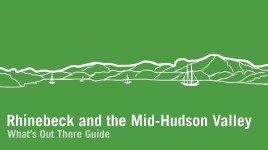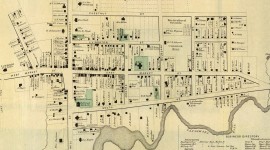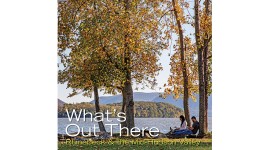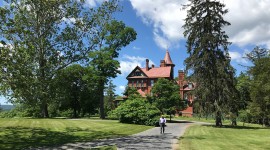Landscape Information
In 1999 the Dia Center for the Arts (now Dia Arts Foundation) acquired approximately 31 acres east of the Hudson River, including a vacant factory nestled below a hill, to house their permanent collection. The building, which measures over 225,000 square feet, was erected in 1929 and served as a box-printing facility for the National Biscuit Company (now Nabisco) until 1985. After acquiring the property, the arts organization engaged Robert Irwin and OpenOffice architects to collaboratively rehabilitate the building and grounds, which opened to the public in 2003.
From the property’s main entrance, a drive proceeds down a gradual hill, past a parking area, and continues past the east façade of the building. The top of the drive affords borrowed views of the Hudson Highlands to the south and is bordered to the northeast by a sloping lawn populated with specimen trees.
The parking area oriented along the north-south axis of the building, features diagonal parking spaces defined by raised beds planted with crabapples, hawthorns and ornamental grasses. The southern end of the lot transitions to a forecourt comprised of grass paving units, with a central lane becoming a pedestrian walkway on axis with the museum’s main entrance. Symmetrical, perpendicular paths lead east and west through rows of clipped hornbeams, terminating at a café/bookshop and raised deck, respectively. The raised wooden deck features a quadrant of relatively tall, manicured hornbeams that form corridor-like passageways leading to a secluded seating area. Edged in steel, the passageways reference Richard Serra’s installations inside the museum.
A sunken, rectilinear courtyard garden connects separate galleries of the museum. Gravel paths navigate the perimeter of the space, framing beds planted with dual rows of cherry trees and anchored by weeping hemlocks. Louise Lawler’s sound installation “Birdcalls” (1972/1981) echoes within the garden while Max Neuhaus’ “Time Piece Beacon” (2005) is heard throughout the grounds. The property was listed in the National Register of Historic Places in 2003 and is located within the Maurice D. Hinchey Hudson River Valley National Heritage Area.






